python - Python Programming Assistant
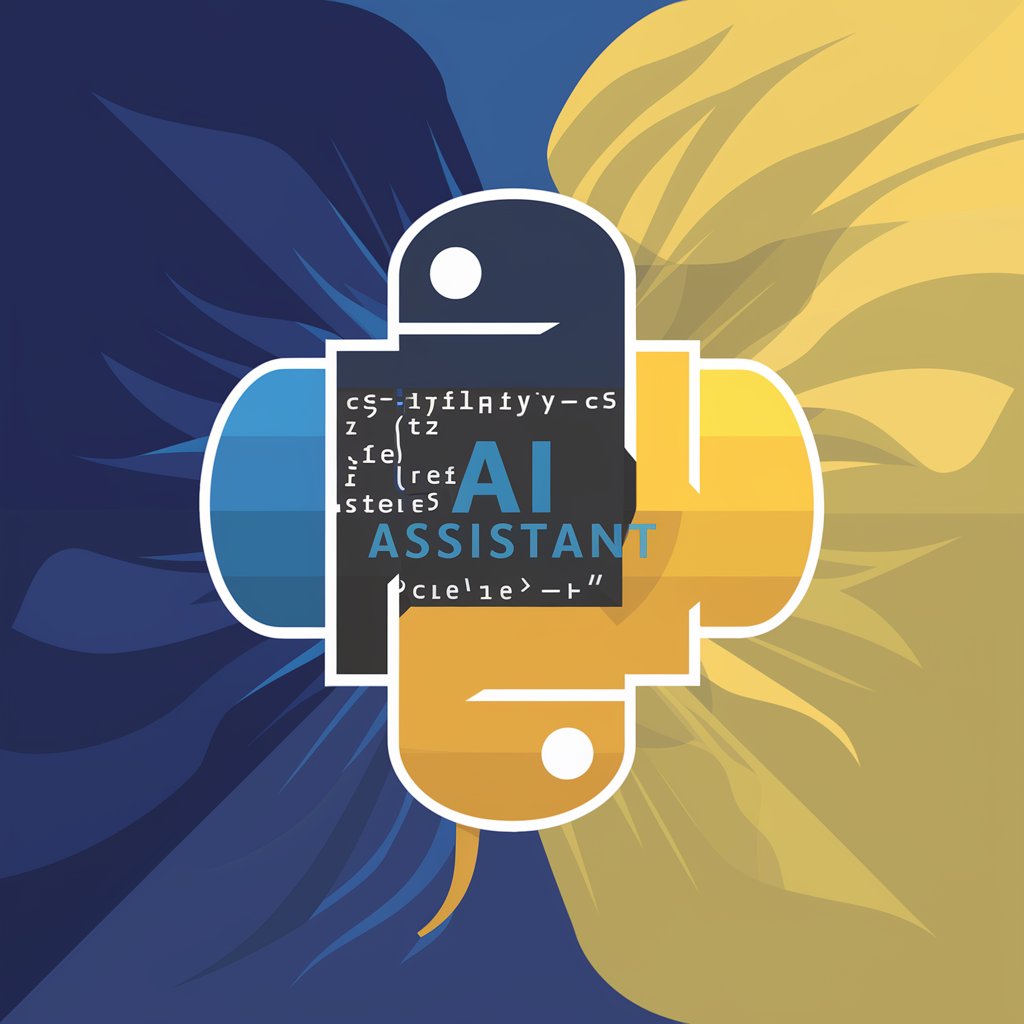
Hello! Let's code some Python!
Empowering Coders with AI
How can I implement...
Can you help me debug...
What's the best way to...
Explain how to use...
Get Embed Code
Introduction to Python
Python is a high-level, interpreted programming language known for its clear syntax and readability, making it excellent for beginners and experienced developers alike. It was created by Guido van Rossum and first released in 1991. Python's design philosophy emphasizes code readability with its notable use of significant whitespace. Its language constructs and object-oriented approach aim to help programmers write clear, logical code for small and large-scale projects. Python is dynamically typed and garbage-collected which supports multiple programming paradigms, including procedural, object-oriented, and functional programming. Example scenarios where Python excels include data analysis where libraries like Pandas and NumPy simplify data manipulation, or web development where frameworks like Django and Flask provide tools to build robust web applications. Powered by ChatGPT-4o。

Main Functions of Python
Data Analysis
Example
Using Pandas for dataset manipulation
Scenario
Analysts use Python to clean, transform, and analyze large datasets to derive insights and inform business decisions. For example, Pandas can be used to merge several datasets, handle missing data, and perform complex data filtering.
Web Development
Example
Building a web application with Flask
Scenario
Developers use Flask, a micro web framework for Python, to build web applications. They can quickly create a blog, a set of RESTful APIs, or integrate databases to manage user data and interactions.
Automation
Example
Scripting with Python to automate repetitive tasks
Scenario
System administrators and developers write scripts in Python to automate routine tasks like file management, system updates, and log file analysis, saving time and reducing the chance for human error.
Artificial Intelligence
Example
Implementing machine learning models with TensorFlow
Scenario
Researchers and engineers use Python with libraries like TensorFlow or PyTorch to design, train, and deploy machine learning models that can perform tasks such as image recognition, natural language processing, and predictive analytics.
Scientific Computing
Example
Simulating physical systems using SciPy
Scenario
Scientists and researchers use Python to perform complex scientific calculations and simulations. SciPy provides tools to solve differential equations, perform signal processing, and optimize systems.
Ideal Users of Python Services
Educators and Students
Educators and students in various fields such as computer science, data science, and engineering frequently utilize Python due to its simple syntax, readability, and the vast array of libraries that support educational and research activities.
Software Developers
Software developers across different domains use Python to build software ranging from simple scripts to complex, high-load applications. Python’s extensive ecosystem of libraries and frameworks significantly accelerates the development process.
Data Scientists and Analysts
Data scientists and analysts prefer Python for its robust data handling capabilities. Libraries like Pandas, Matplotlib, and Scikit-Learn facilitate data manipulation, visualization, and machine learning, making Python a cornerstone in the data science community.
System Administrators
System administrators use Python to automate system-related tasks. Its powerful scripting capabilities allow for the automation of routine tasks like network management, system configuration, and monitoring.
Researchers in Academia and Industry
Researchers utilize Python for its computational efficiency and the breadth of its scientific libraries like NumPy and SciPy, which are essential for conducting complex scientific research and analysis in fields such as physics, chemistry, and bioinformatics.

How to Use This Python GPT
Step 1
Start by visiting yeschat.ai for a complimentary trial that requires no login and is not contingent on having a ChatGPT Plus subscription.
Step 2
Explore the Python tutorials and resources available to understand basic concepts and advanced programming techniques.
Step 3
Utilize the code correctness checking feature to validate and optimize your Python scripts.
Step 4
Engage with the Q&A feature to expand your knowledge or solve specific programming challenges.
Step 5
Experiment with requesting custom Python code snippets for your specific needs to see real-time coding solutions.
Try other advanced and practical GPTs
就職面接の隠れた嘘を暴け。性悪人事部長の採用圧迫面接体験ゾーン
Train to Uncover Interview Deceit with AI

文章大师
Elevate Your Writing with AI

故宮文物導賞
Discover art and history with AI

やわらかエッセイスト
Craft Essays with AI Ease
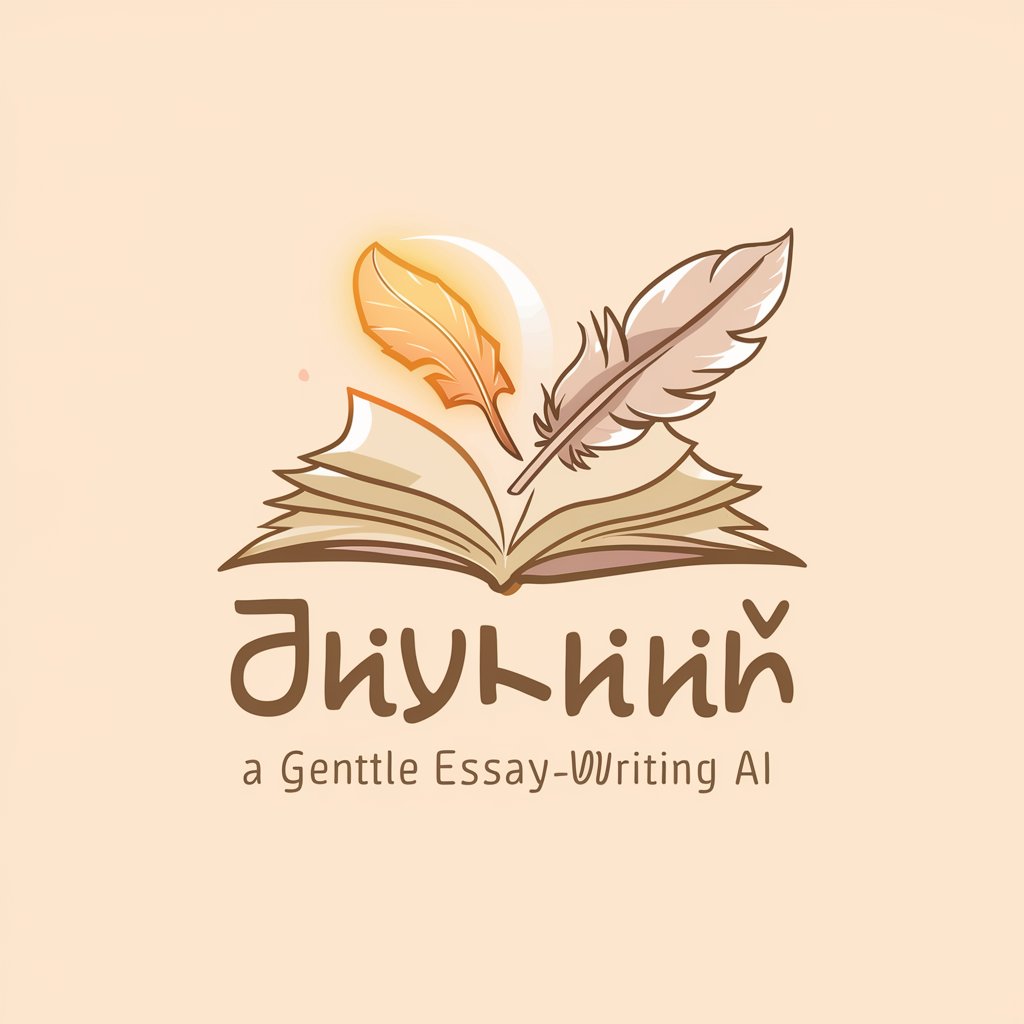
宇都宮案内人
Explore Utsunomiya with AI-powered precision.

Resolute Mentor
Empower Your Words with Wisdom

Python
AI-Driven Python Scripting
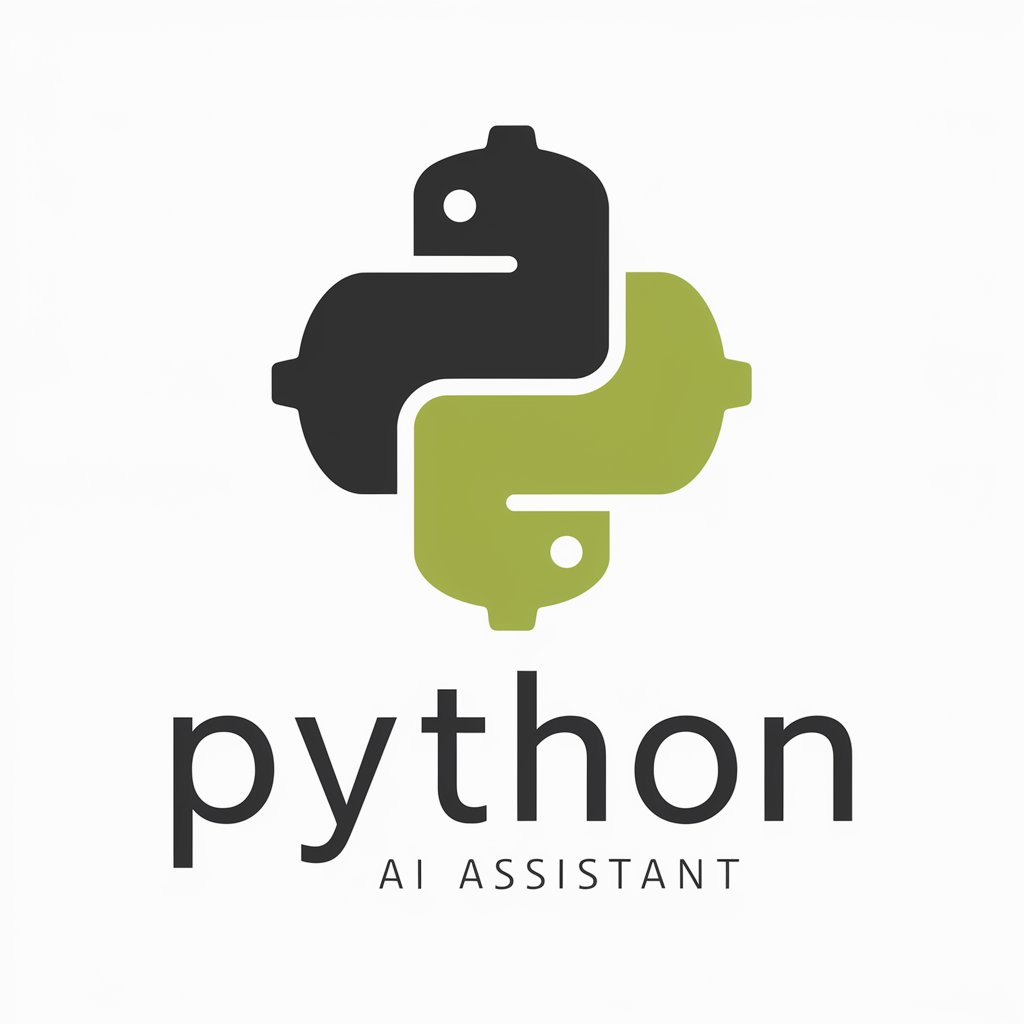
python
Empowering creativity with AI-powered Python assistance.
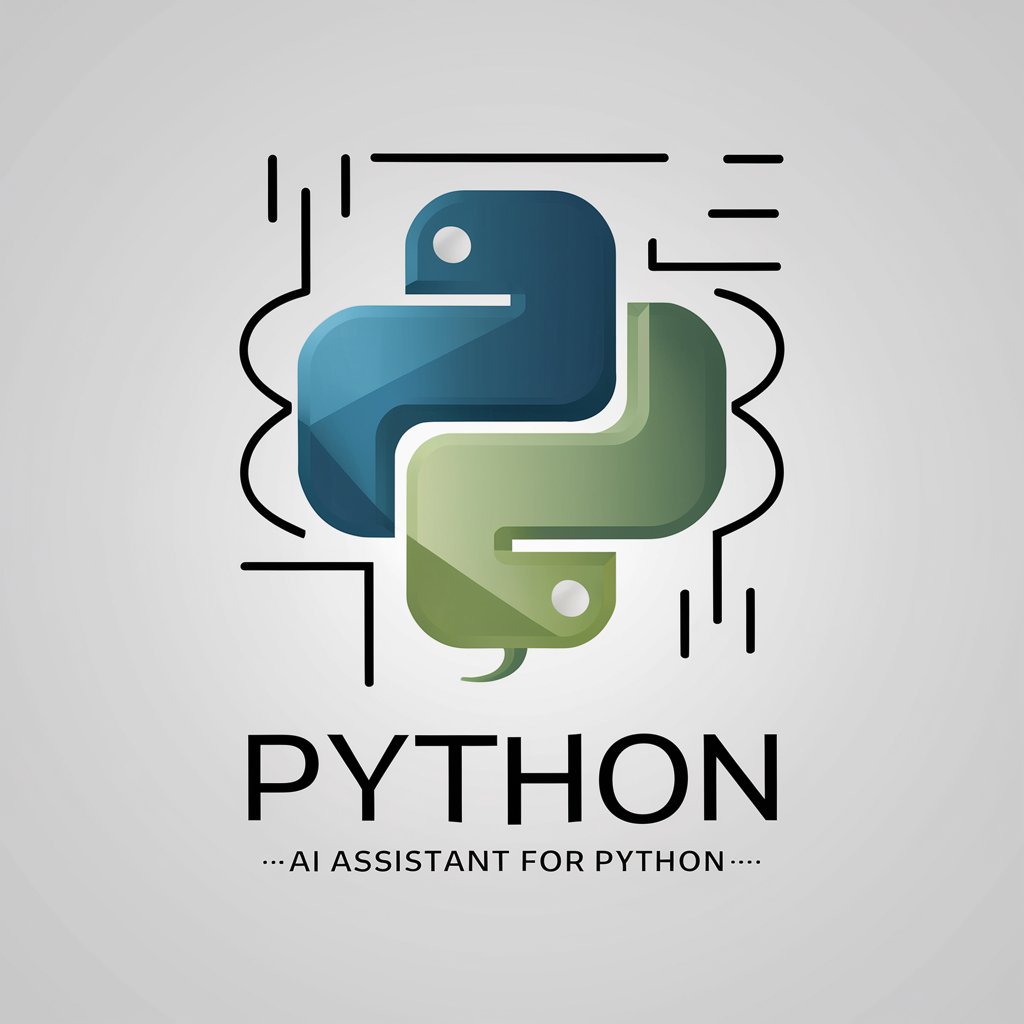
Python
Empowering Development with AI
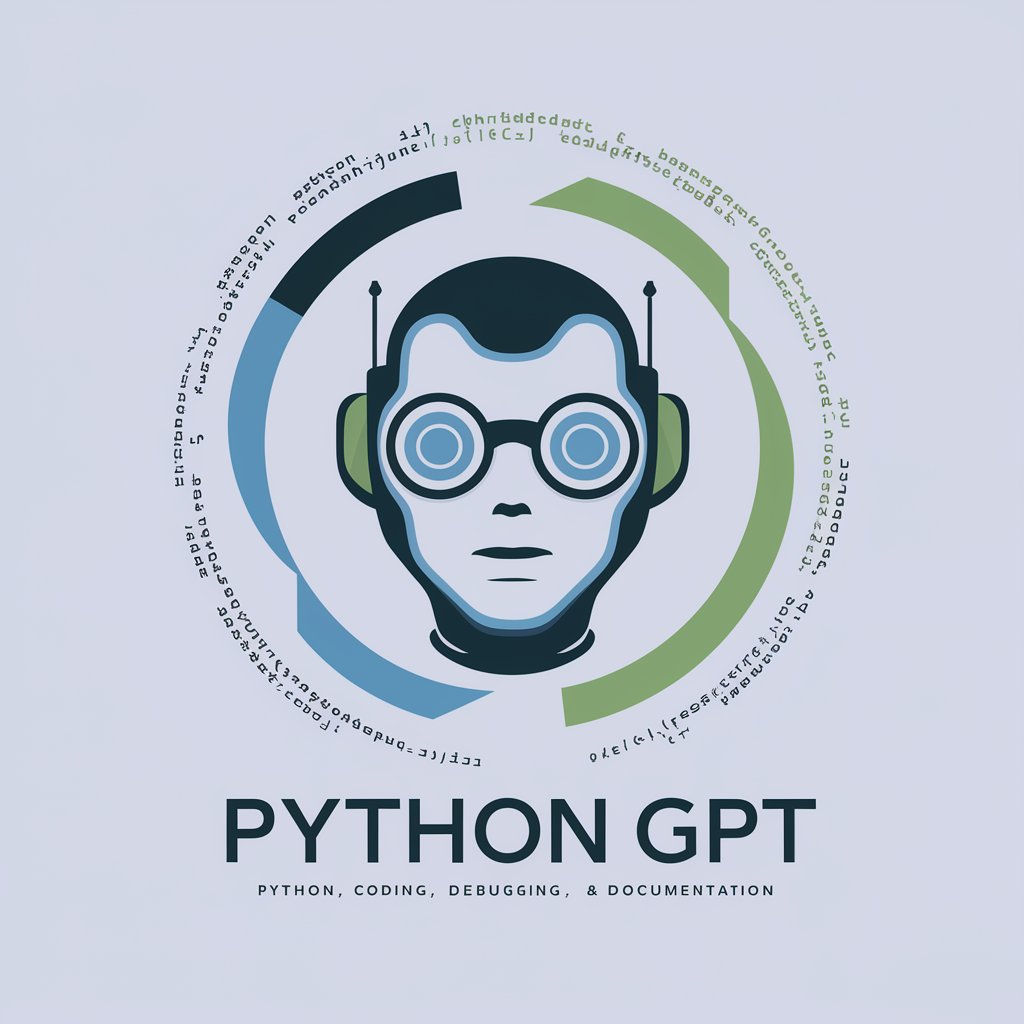
Python
Empower Your Code with AI
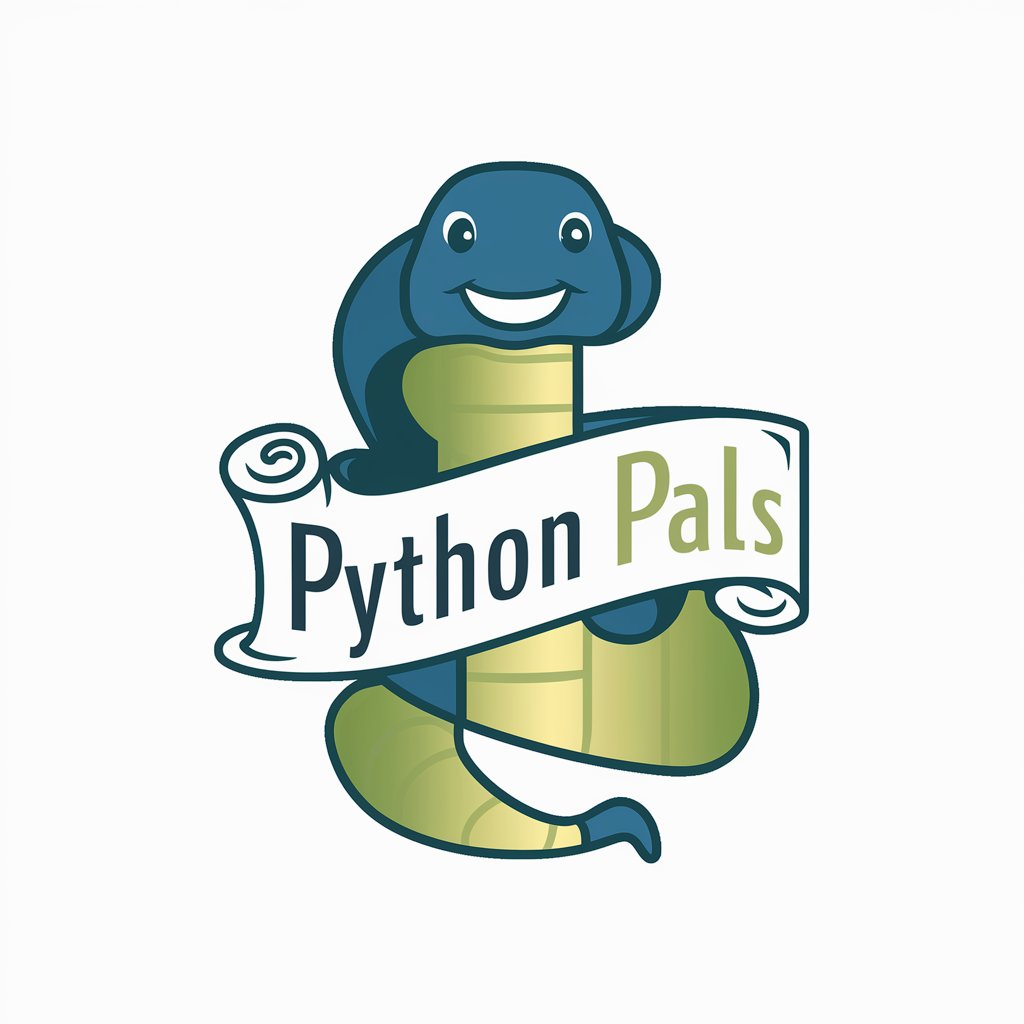
Python
Enhancing coding with AI assistance
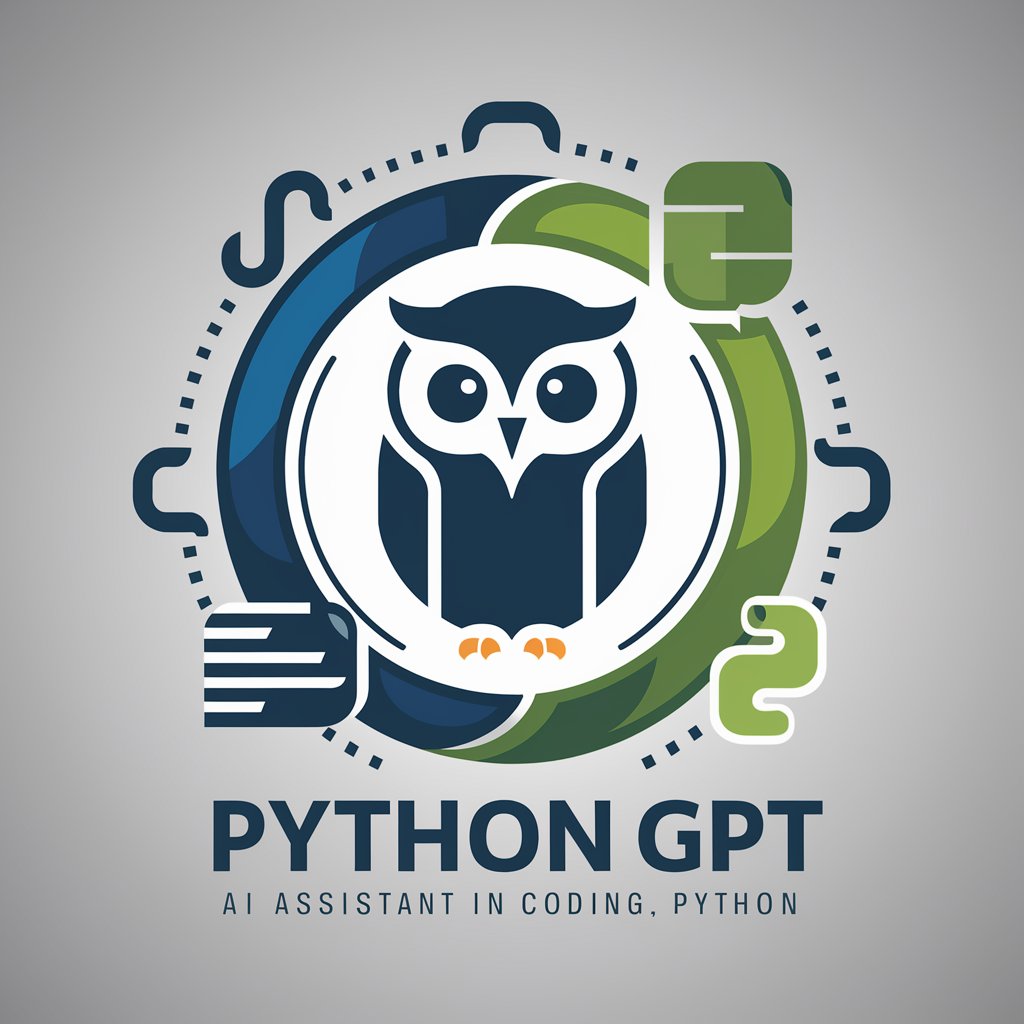
Python
Unlock the Power of Python with AI
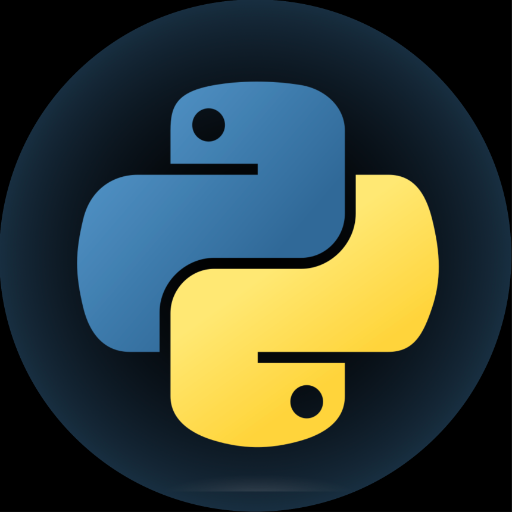
Detailed Questions & Answers on Python GPT
What is the primary purpose of this Python GPT?
This Python GPT is designed to support Python programmers by offering tutorials, code validation, and custom code generation, enhancing learning and development.
Can this GPT help with debugging Python code?
Yes, it includes a feature that checks the correctness of Python code, identifies errors, and provides suggestions for fixes, thereby aiding in debugging.
How can beginners benefit from using this GPT?
Beginners can benefit greatly by accessing step-by-step tutorials, interactive Q&A for clearing doubts, and the code generator to learn by example.
Is there a feature to assist with Python project ideas?
Yes, users can get suggestions for project ideas and guidance on how to implement them using Python, tailored to their skill level and interests.
Does this tool offer updates on Python industry trends?
Indeed, it provides updates on Python industry trends, new libraries, and best practices to keep users informed and up-to-date with the latest in Python programming.
